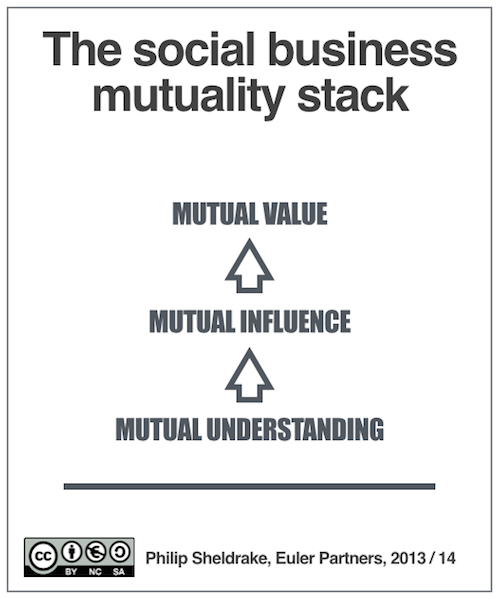
Can you tell by looking at a photo like this if it's of a sunrise or a sunset? Absent knowledge of the time of day or the direction in which it was taken, I think not. Just as well I'm talking about both a start and a finish here then.
Sun-setting
First, the crap that's finishing – that would be public relations as spin. That would be lying, or inauthentic manipulation at best. That would be attempting to build and maintain a façade in the vain hope that customers, employees, investors and partners, present and future, confuse the façade for the real thing. As the saying goes, you can fool some of the people some of the time, but not so many for so long now that everyone packs a smartphone.
Enough has been written on this topic for me to hope that you'll agree, or at least concur the trend is well established. As one of my characters in Attenzi points out:
If ‘perception is reality’ was the saying that characterized our approach to marketing and public relations before, we now have to consider that reality is perception.
Sun-rising
When I first learned of the excellence theory of public relations I was immediately attracted to it. What's not to like? It's constructed on the basis that we use communication to negotiate with the public, resolve conflict and promote mutual understanding and respect between the organisation and its stakeholders. It describes a management function focused on this two-way communication to foster mutually beneficial relationships.
Unlike the asymmetry of publicity intent on 'getting the message out', practitioners of the excellence theory are as intent on getting the message in. Rather than maintaining a short-term whatever-it-takes interest in selling, they have a longer-term interest in what's ultimately good for the organisation and its stakeholders.
I wrote more about this recently in the post 'Big Data. Big Trust.', and Stowe Boyd published an interview with me today where I get to talk about an extension to the excellence theory among other things, so let me move onto the social business mutuality stack.
Mutuality
In biology, mutualism is the symbiotic interaction between different species that is mutually beneficial. Of course we're not talking about different species here, although when I find someone religiously wed to command and control hierarchy I do wonder :-)
I invoke mutuality to mean all parties having respect and understanding for others’ points of view and working together to increase that respect and understanding. There is tacit reciprocity.
Mutuality is central to the way I think about social business. It's part of its DNA. Even if we start from the lowest base of thinking of social business as nothing more than the deployment of the latest social media tools and services we still get there ...
We don't have media for media's sake but to communicate. And we don't communicate for communication's sake, but to influence and to be influenced – after all no man is an island, and no organisation can be either. We all tune our communications channels to those we consider serve us best, to those we trust, so if we want our message to get through we'd better understand the needs of our interlocutors. And the best way to do that is to listen and learn, respond and serve.
So, social business demands we build mutual understanding to enable mutual influence in the pursuit of mutual value. If we start out with shared values (rather than shared purpose necessarily – see this post), then we should get up that stack all the sooner. If we don't, then more will be demanded of that mutual understanding process.

Postscript
As public relations excellence is core to social business success, I've joined a small cohort in rekindling the dialogue about what it means in today's world and how it needs to be adapted accordingly. More to come 31st March 2014.
7 Pingbacks